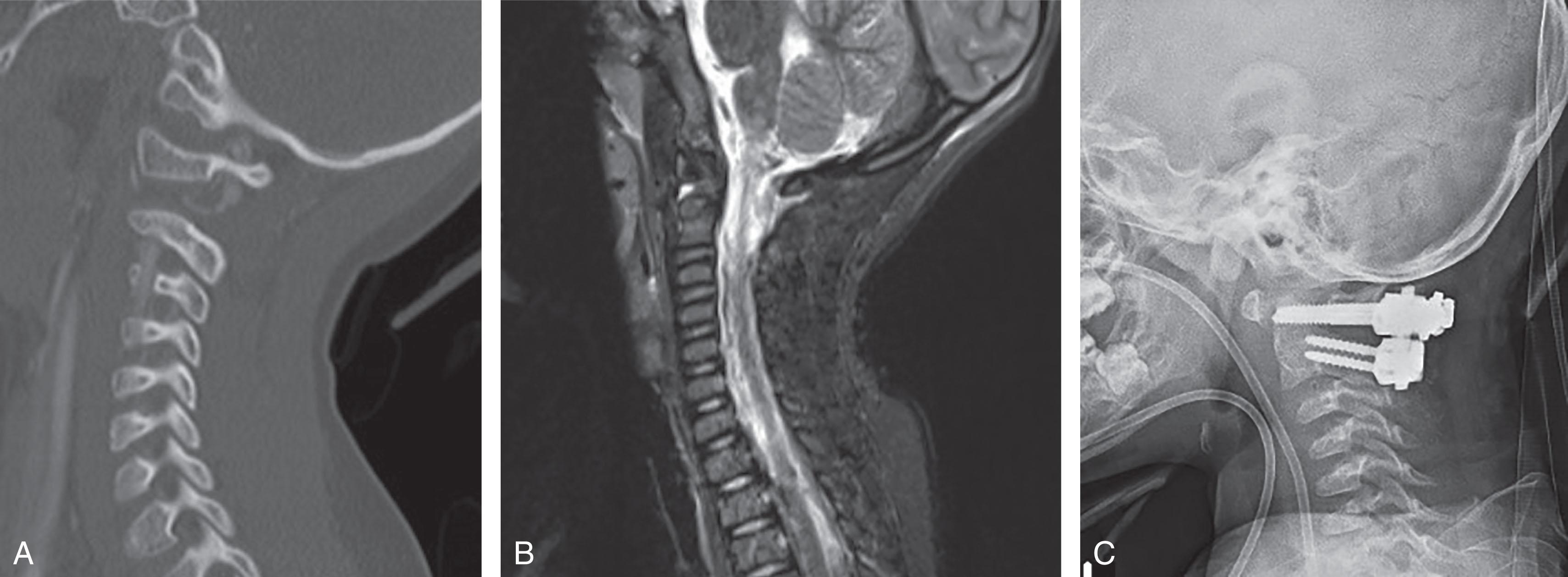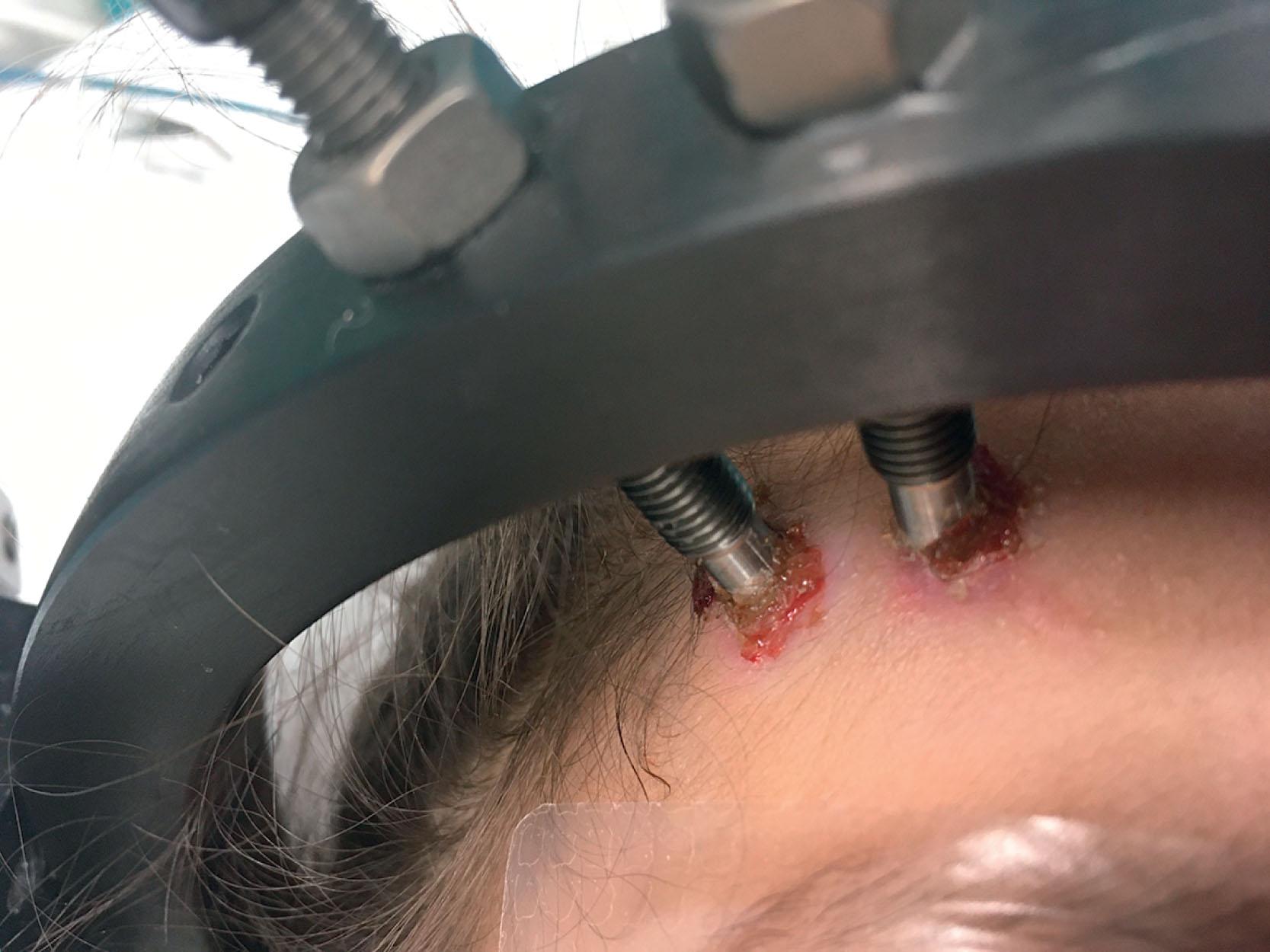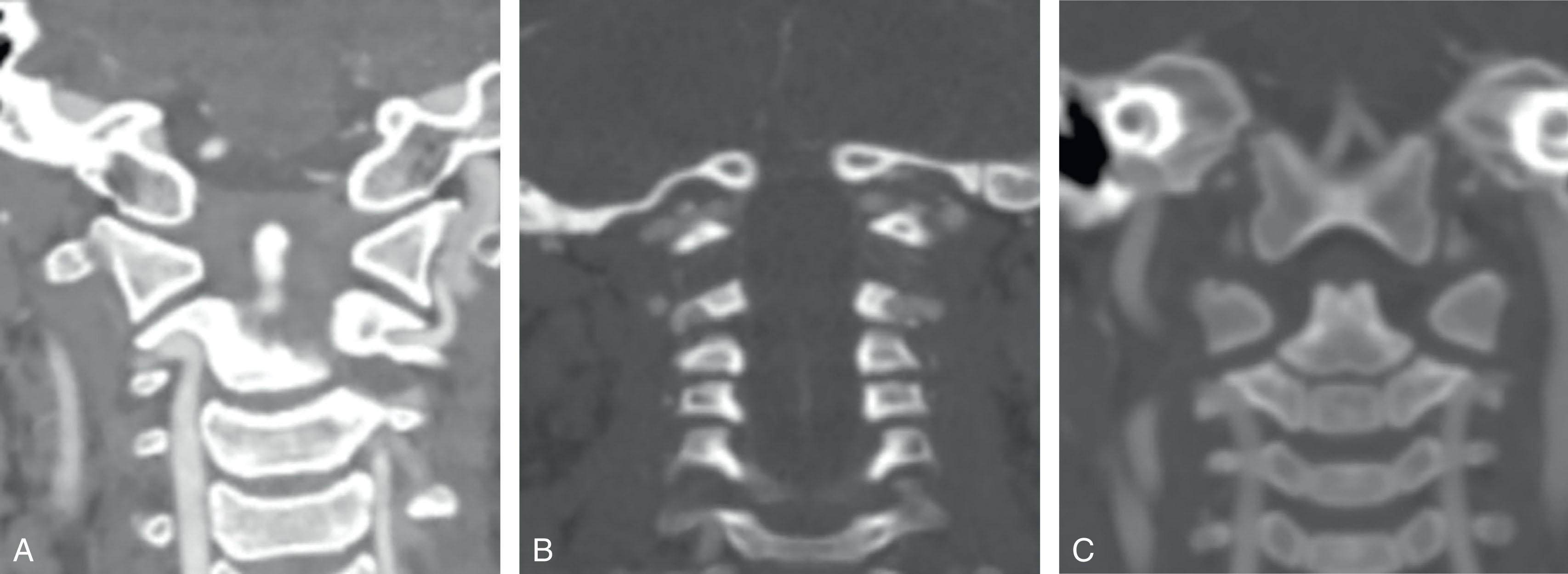Physical Address
304 North Cardinal St.
Dorchester Center, MA 02124
Pediatric cervical spine trauma often presents after high-energy level 1 trauma, but it can also occur from sports or other lower energy injuries, particularly in a child with congenital or syndromic differences that might put them at risk. Cervical spine injury accounts for only 1.6% of all pediatric trauma cases. Pediatric injuries differ from adult cervical spine injuries by having a higher likelihood of C1 to C4 involvement, dislocation, neurologic injury, and mortality. Because of the role of the cervical spine in protecting the spinal cord and vertebral arteries, complications in operative management of cervical spine trauma carry high risk. Carefully considering the potential problems in treatment can help prevent them from occurring.
The most dangerous cervical spine injury is the one that is missed, so an initial workup of any spine injury should involve ensuring that there are no others. Additional noncontiguous spine injuries are seen in 6% to 17% of children with a spine fracture or dislocation and are missed up to 16% of the time ; a missed injury results in three times the rate of neurologic injury. Radiographs and computed tomography may not demonstrate a cervical injury, especially in young children, and pure ligamentous injury or fracture through still-thick cartilaginous endplates and synchondroses might only be seen on magnetic resonance imaging; for this reason, cervical spine clearance in a young child should not rely solely on bony imaging findings ( Fig. 8.1 ). Pain from other injuries can also be a distraction, and full primary and secondary trauma surveys should be completed with careful attention paid to the entire spinal axis. Additional injuries most commonly include rib and skull fractures, with acute respiratory distress syndrome occurring in 7.8% of pediatric cervical spine injury patients. Mortality rates in children with cervical spine injury range from 3% to 28%, often resulting from concomitant head injury from a motor vehicle accident; cautious trauma management especially in the polytraumatized patients must occur prior to spine treatment.

Some pediatric cervical spine trauma can be definitively treated in hard cervical orthosis or halo vest. In pediatric trauma patients, halo vests are associated with up to a 57% rate of complications and a 22% rate of cross-over to treatment with internal fixation. The majority of these complications are pin site infections or loosening ( Fig. 8.2 ). Though there is no universally agreed-upon cleaning agent, cleansing the pin sites daily with a noncaustic agent, transitioning briefly to a stronger agent if redness or drainage begins, and then to oral antibiotics if no resolution, is usually successful at maintaining the halo. Using at least eight pins, especially in younger patients, not only helps to more appropriately spread the force along a thin pediatric skull, but also gives the opportunity to remove a single loose or grossly infected pin without having to operatively revise the halo.

When planning to instrument the pediatric cervical spine, preoperative advanced imaging is imperative to avoid intraoperative exposure and fixation complications. Three-dimensional imaging that includes angiography is strongly recommended, especially in any child with an underlying genetic or congenital abnormality, because of the well-documented variability of the vertebral artery path ( Fig. 8.3 ). Arterial course variation may limit the available options for screw fixation, as may bone size and stock, especially in younger children. This is important to know prior to the operating room, as it could alter the approach taken (anterior, posterior, both), or the implant options needed, as discussed further in the intraoperative section.

Become a Clinical Tree membership for Full access and enjoy Unlimited articles
If you are a member. Log in here